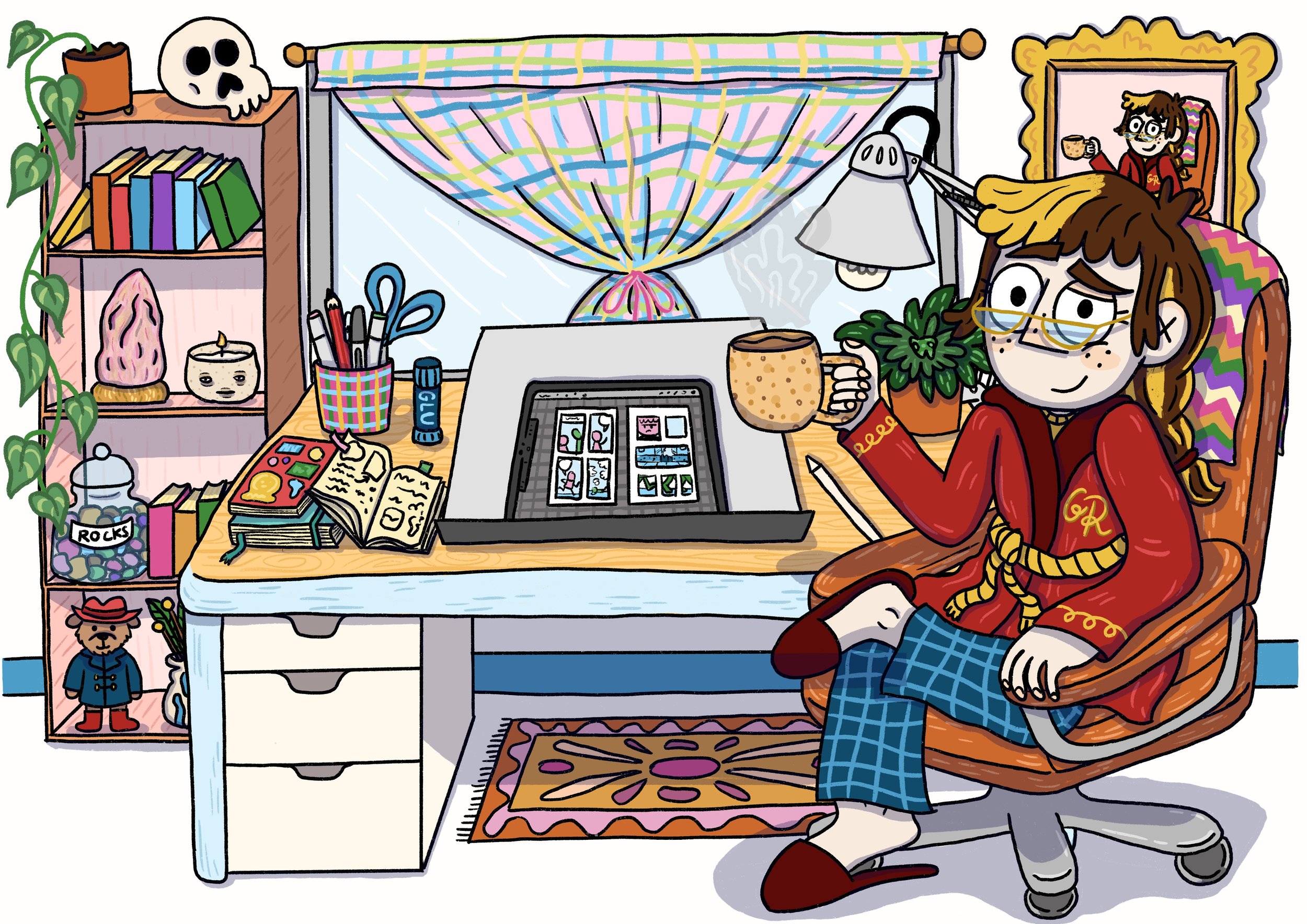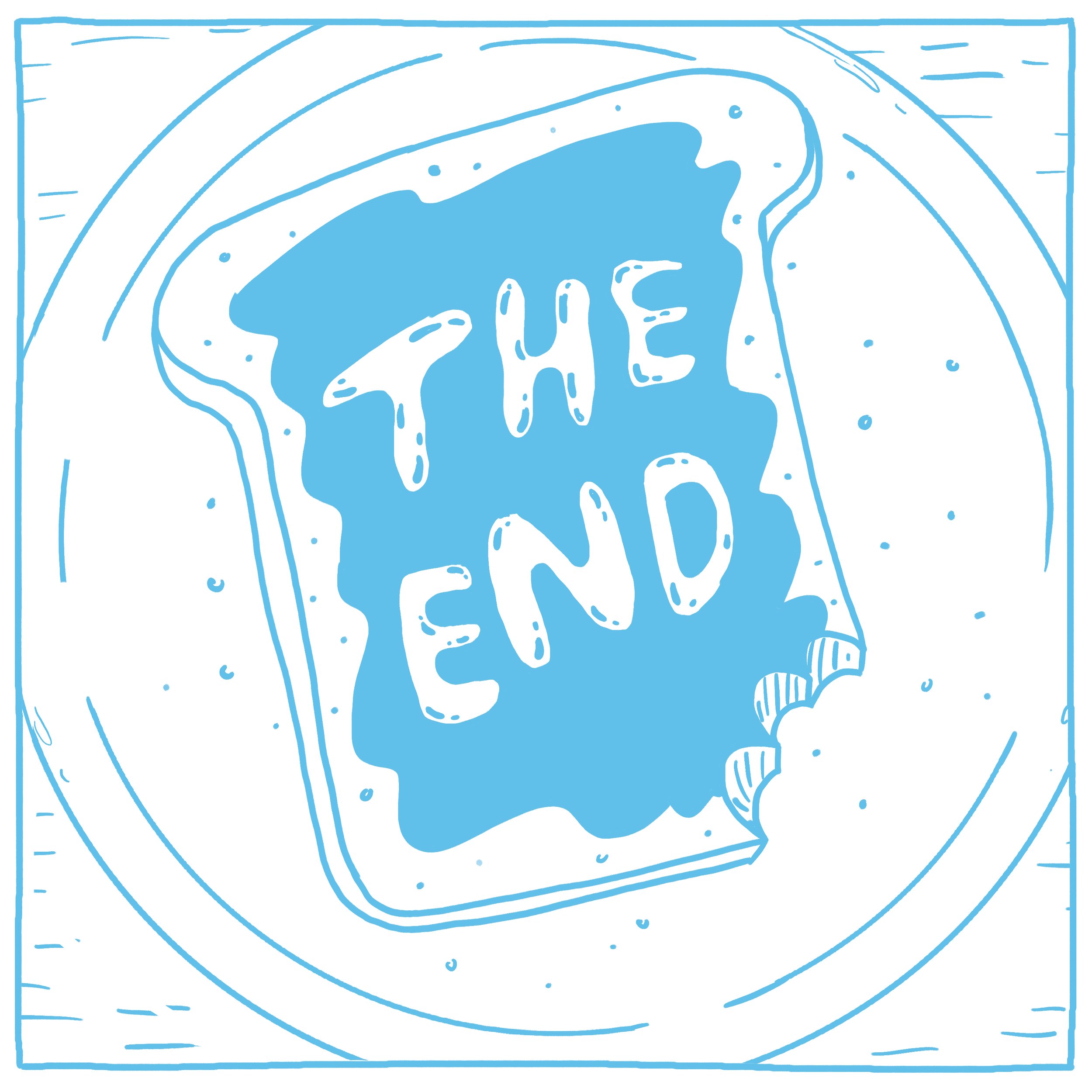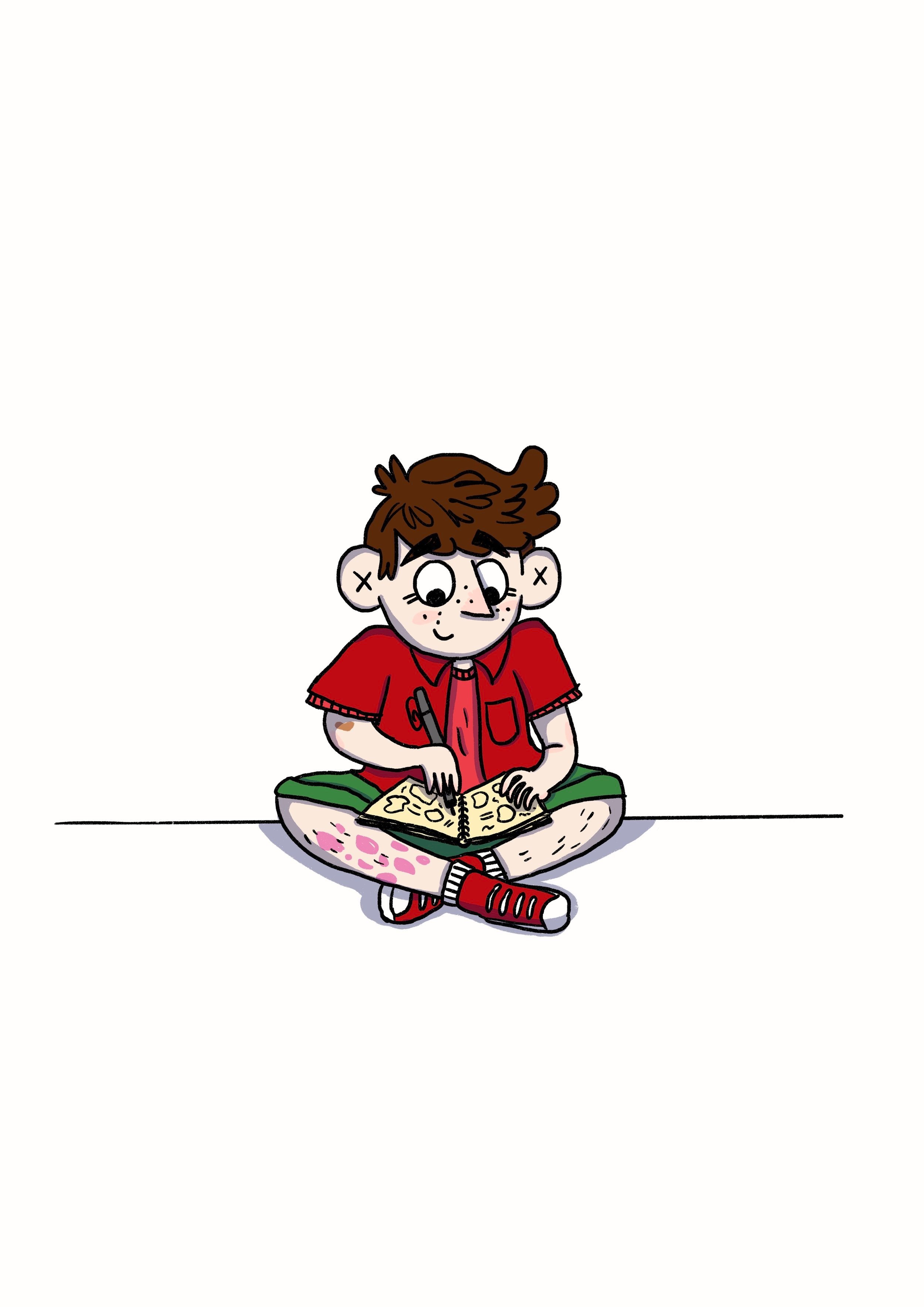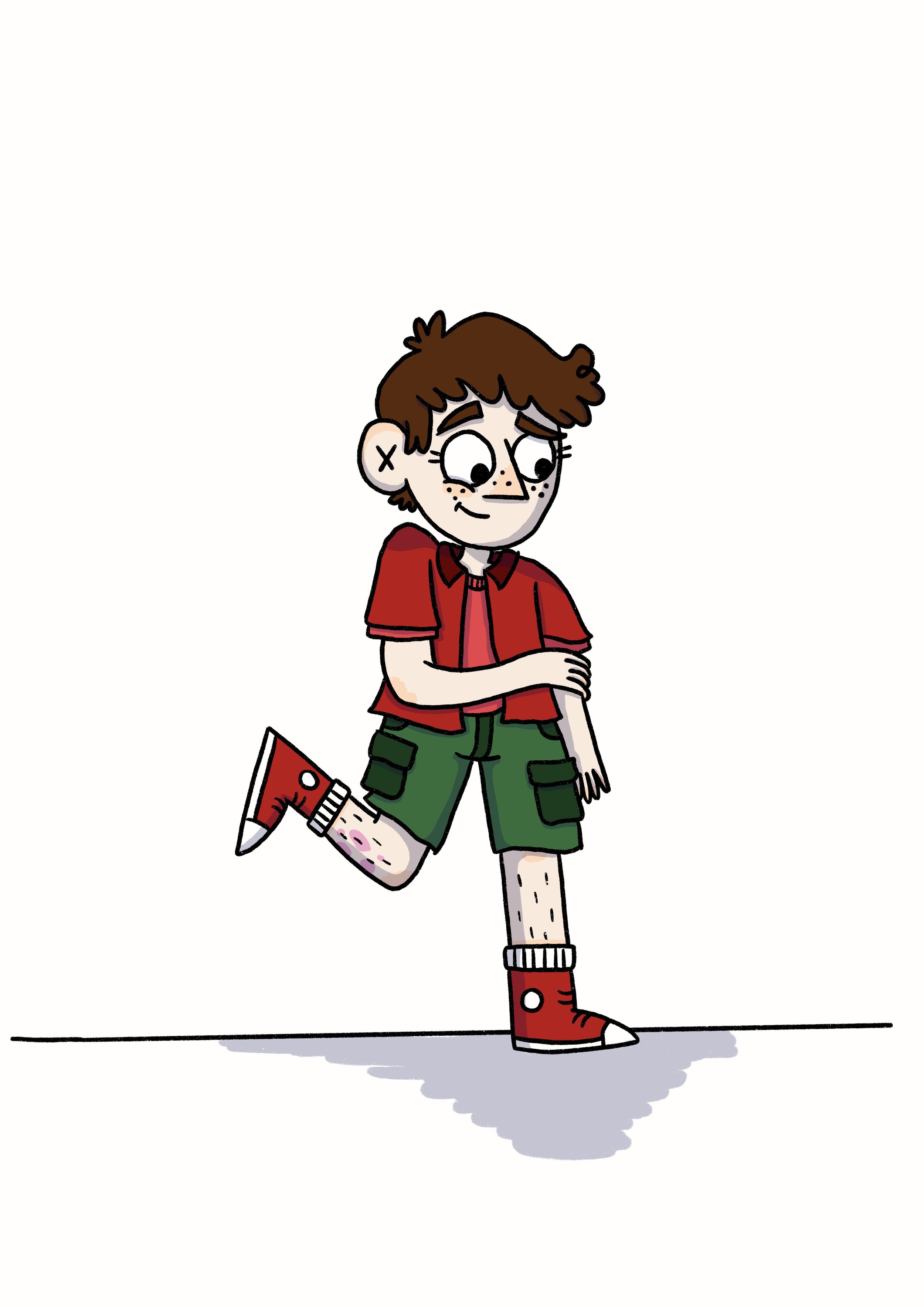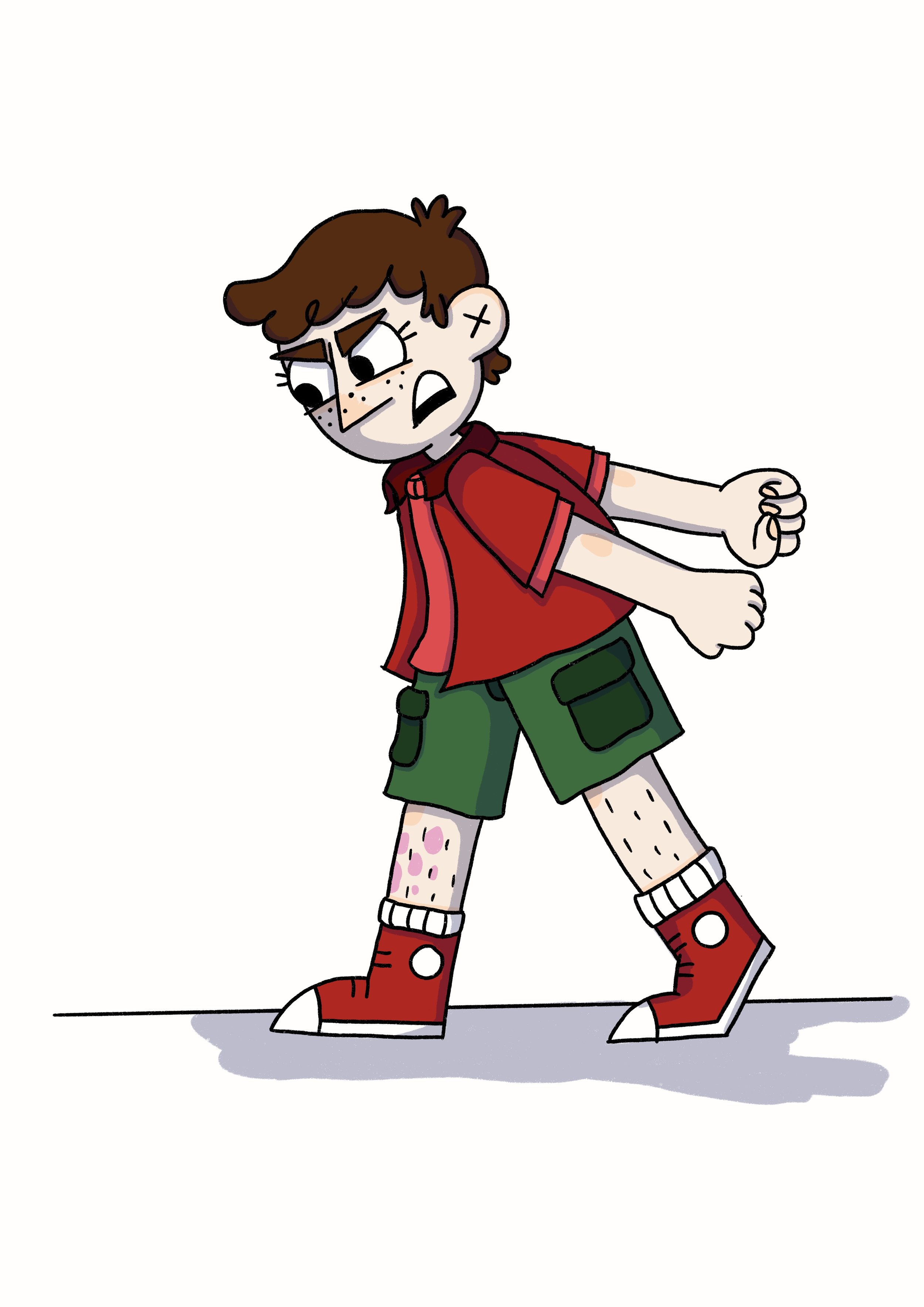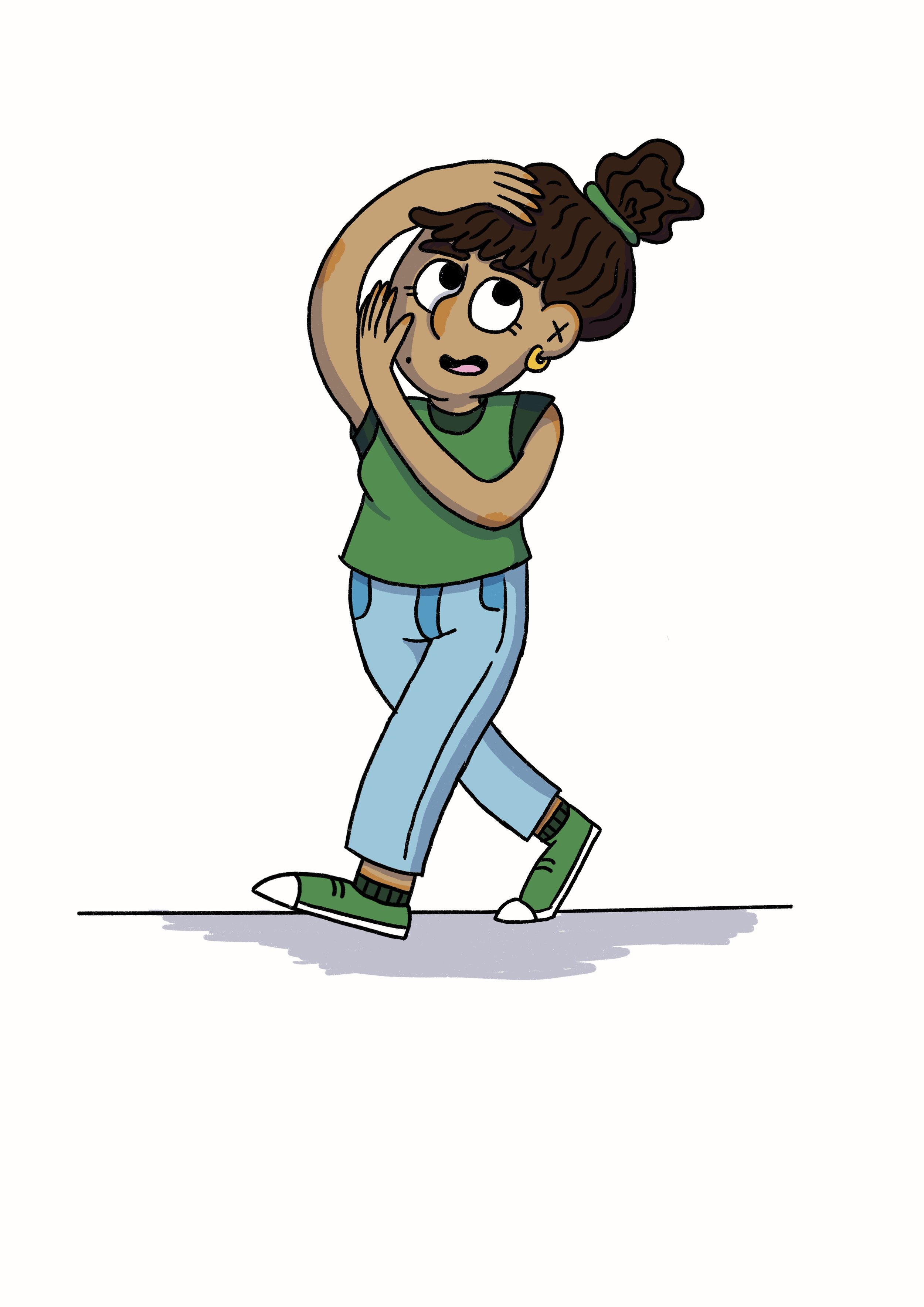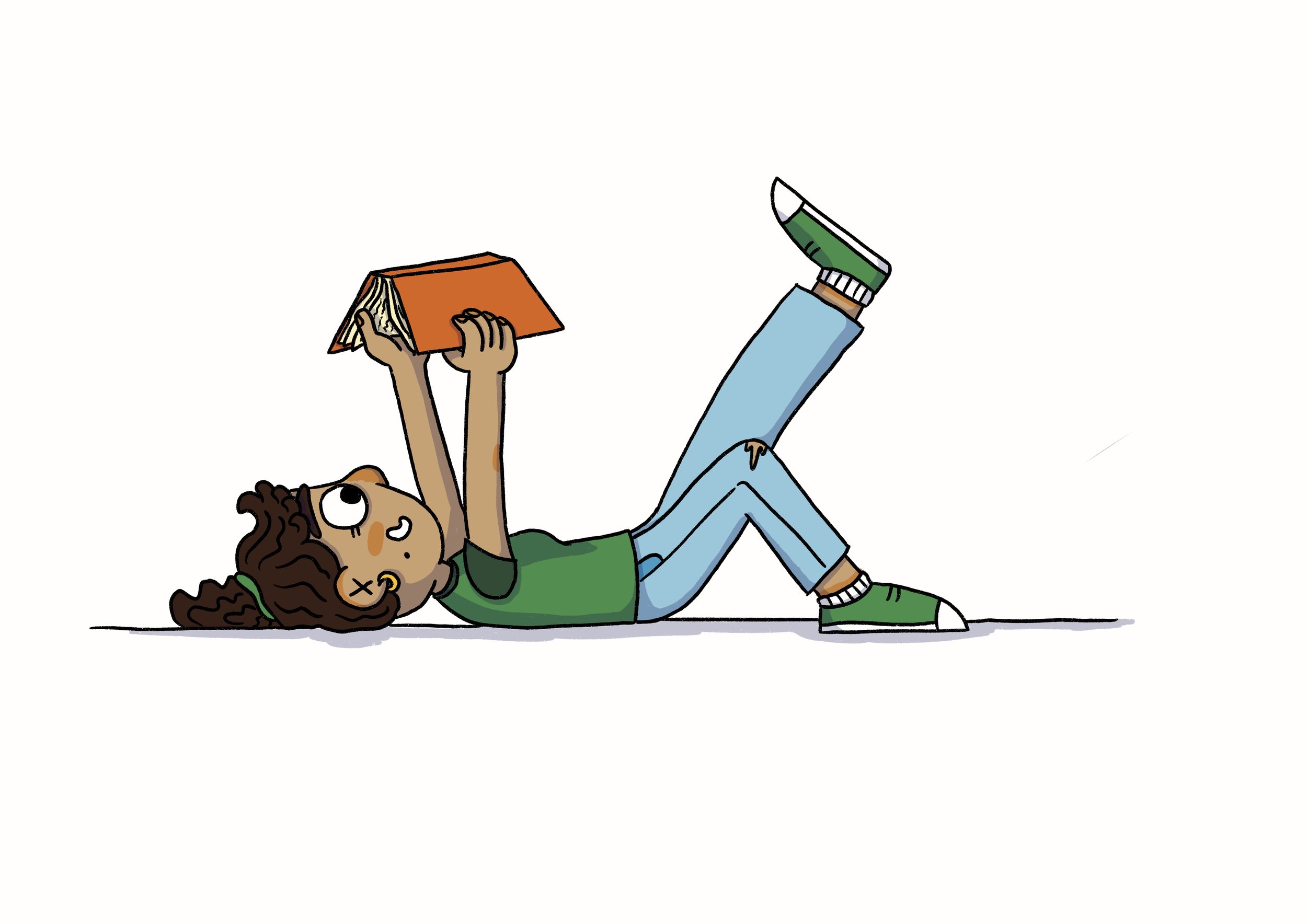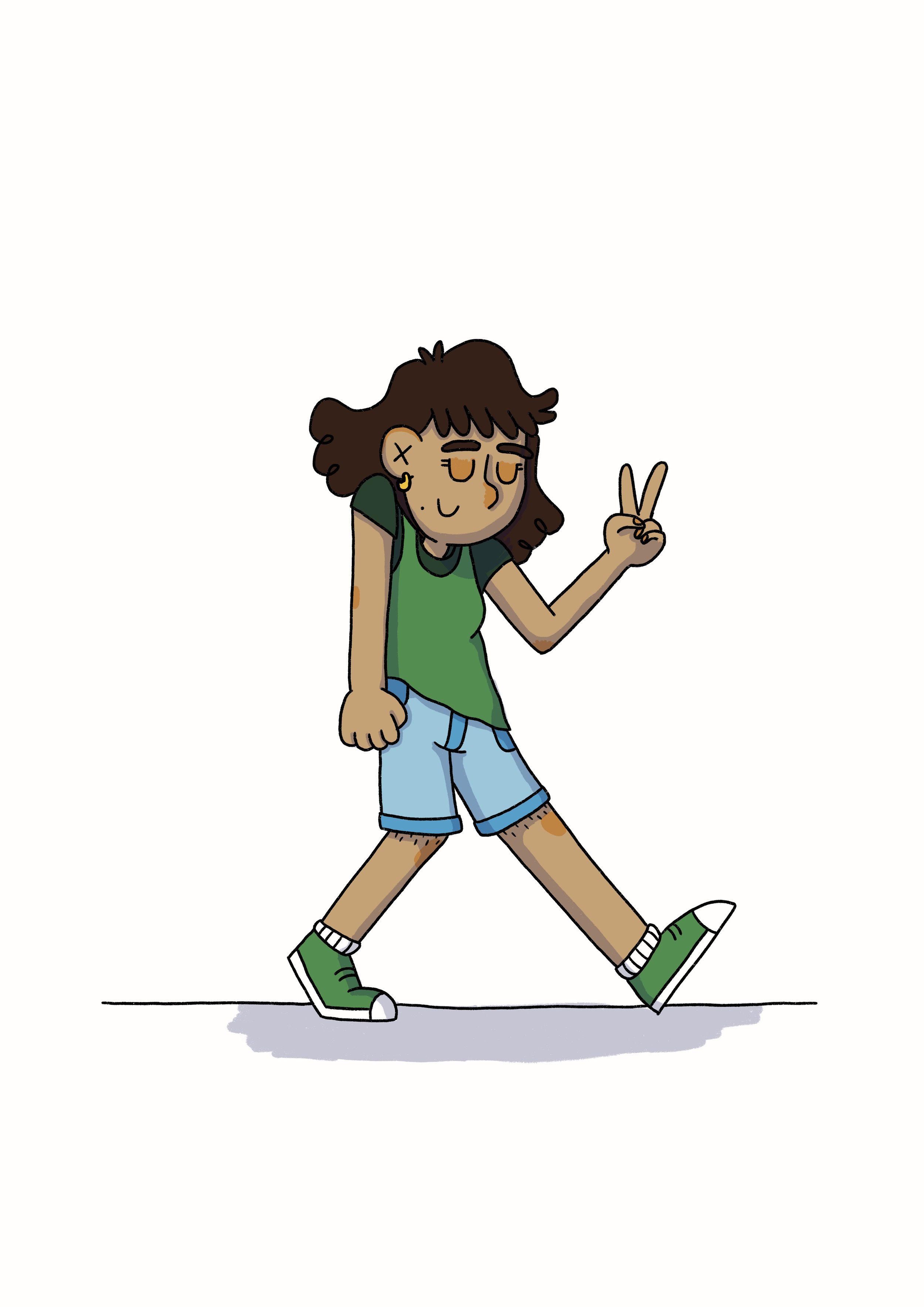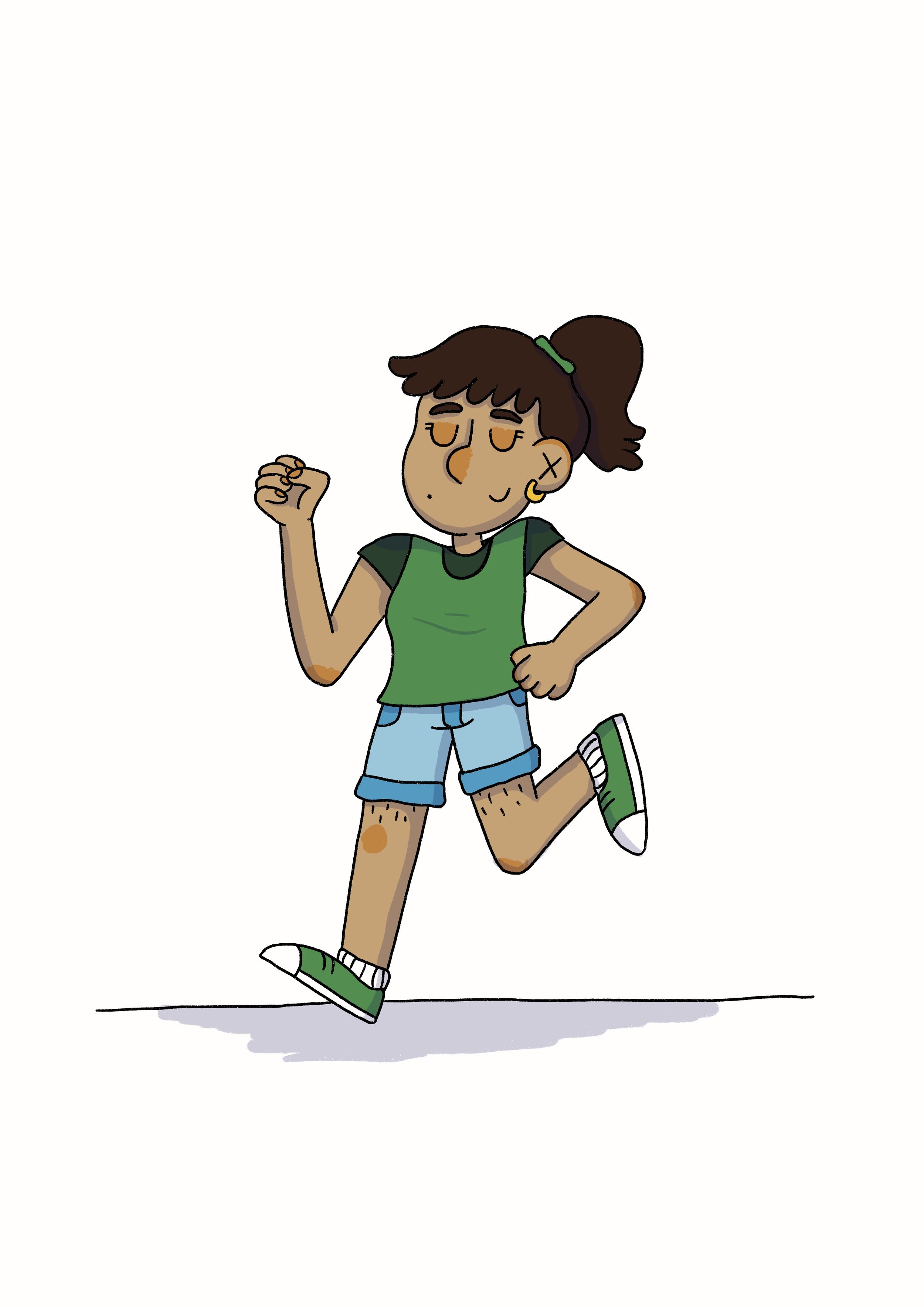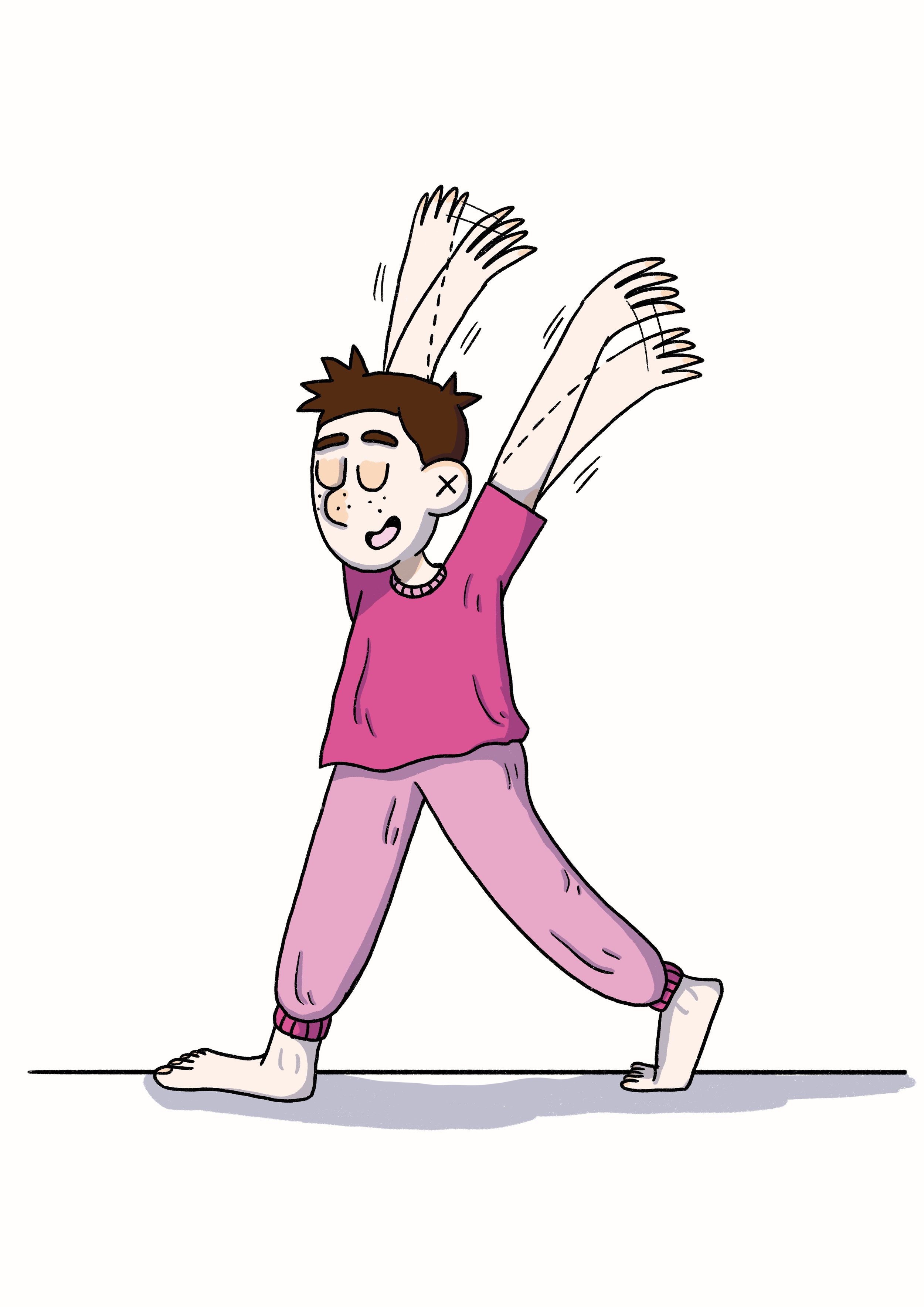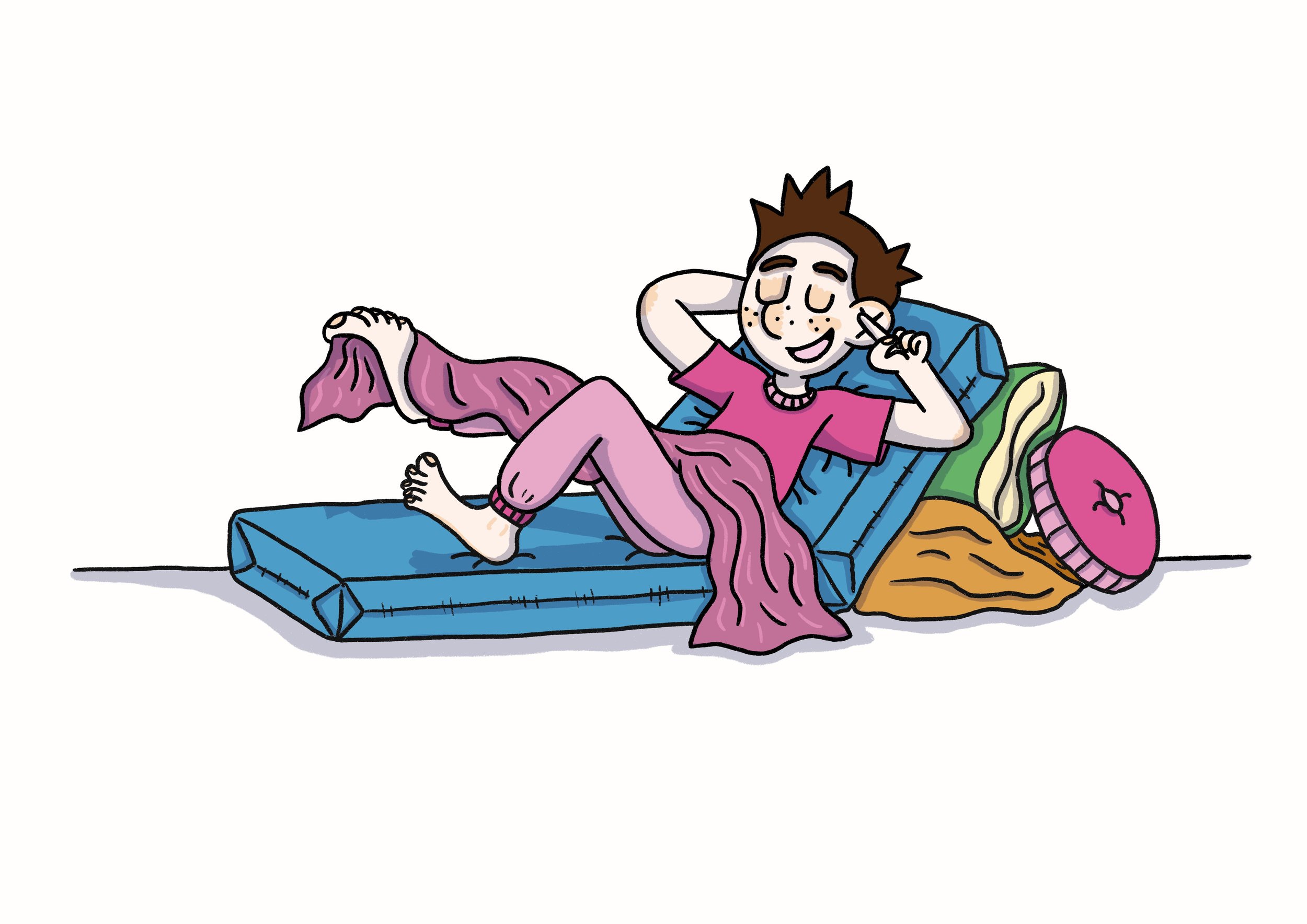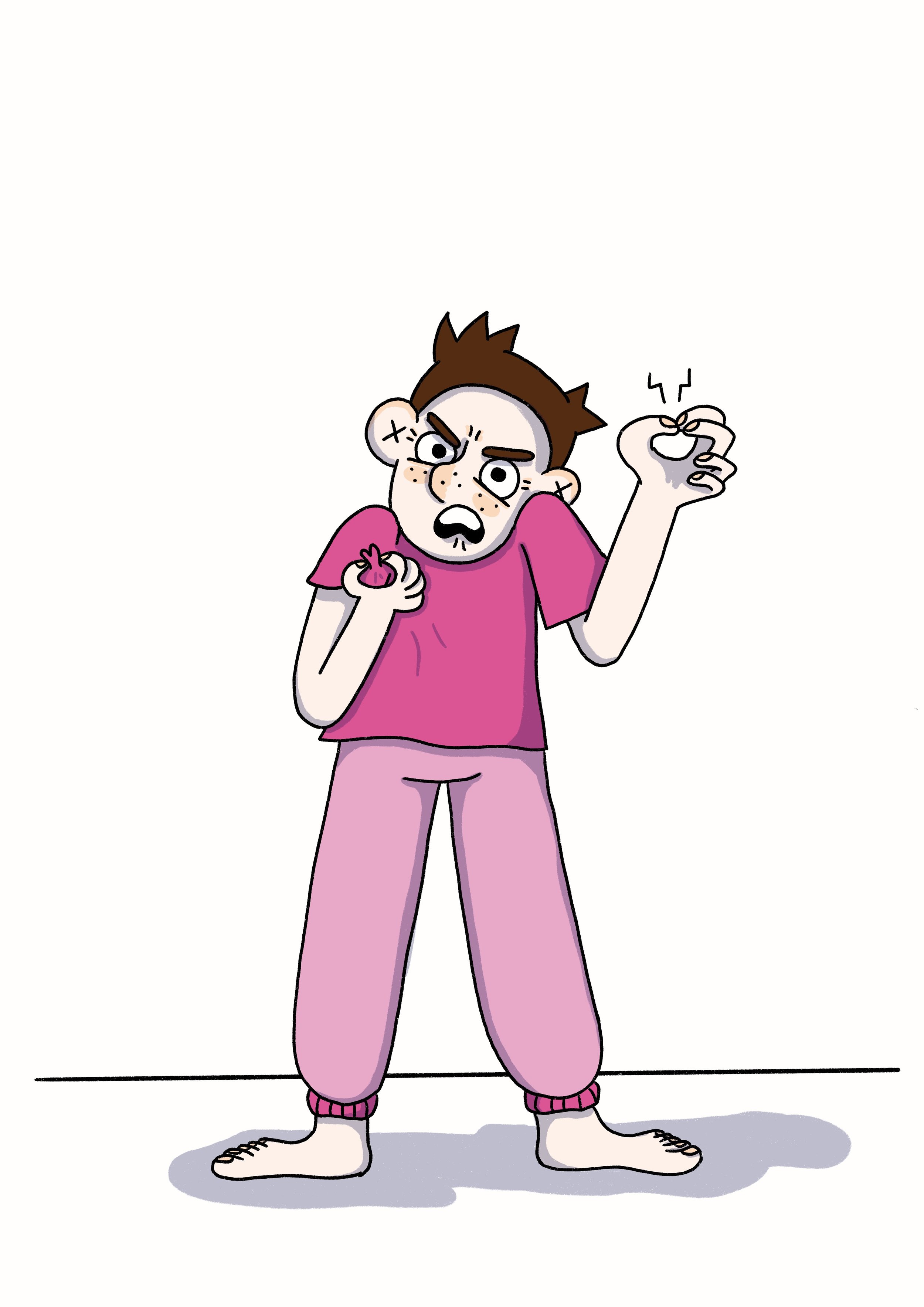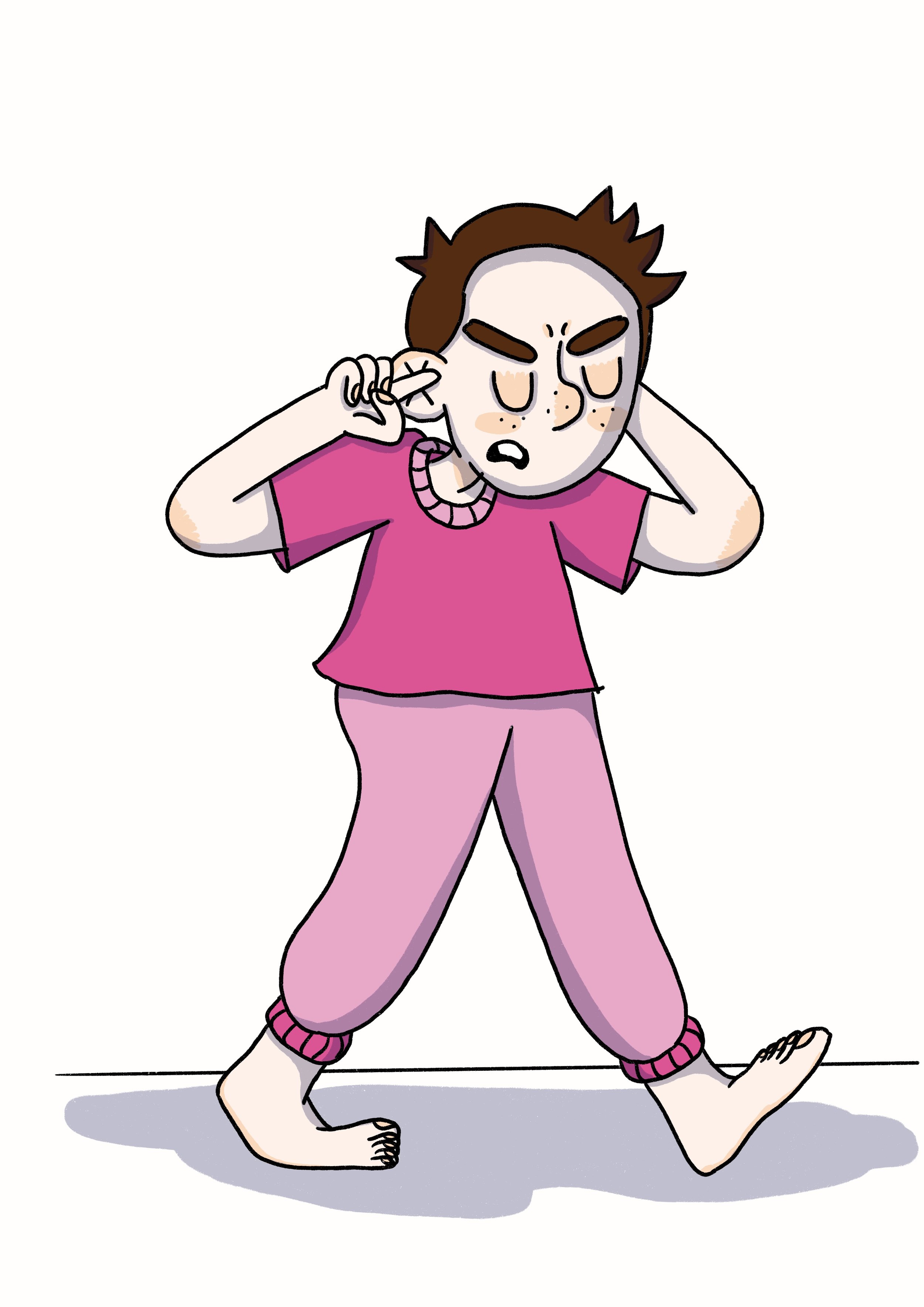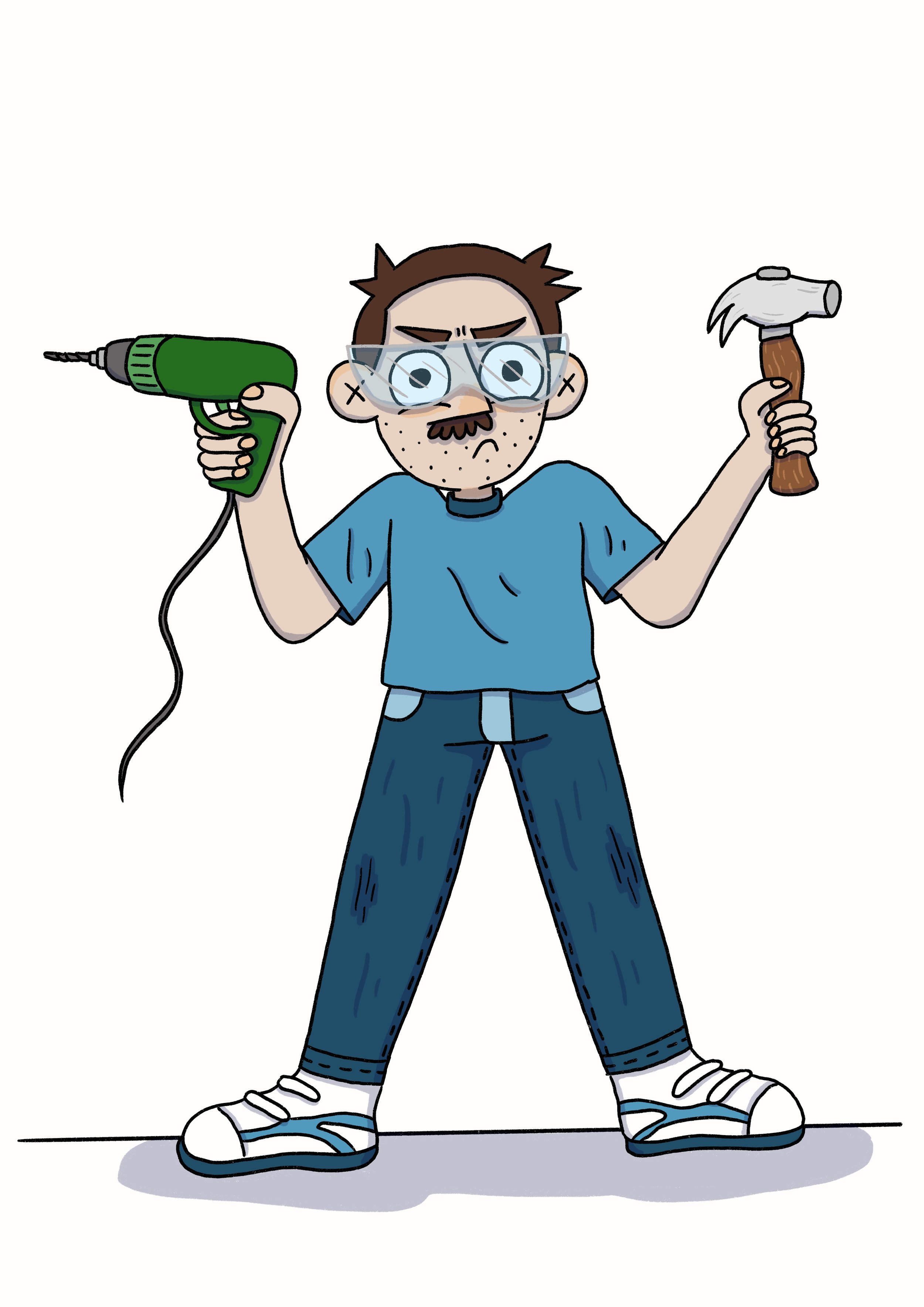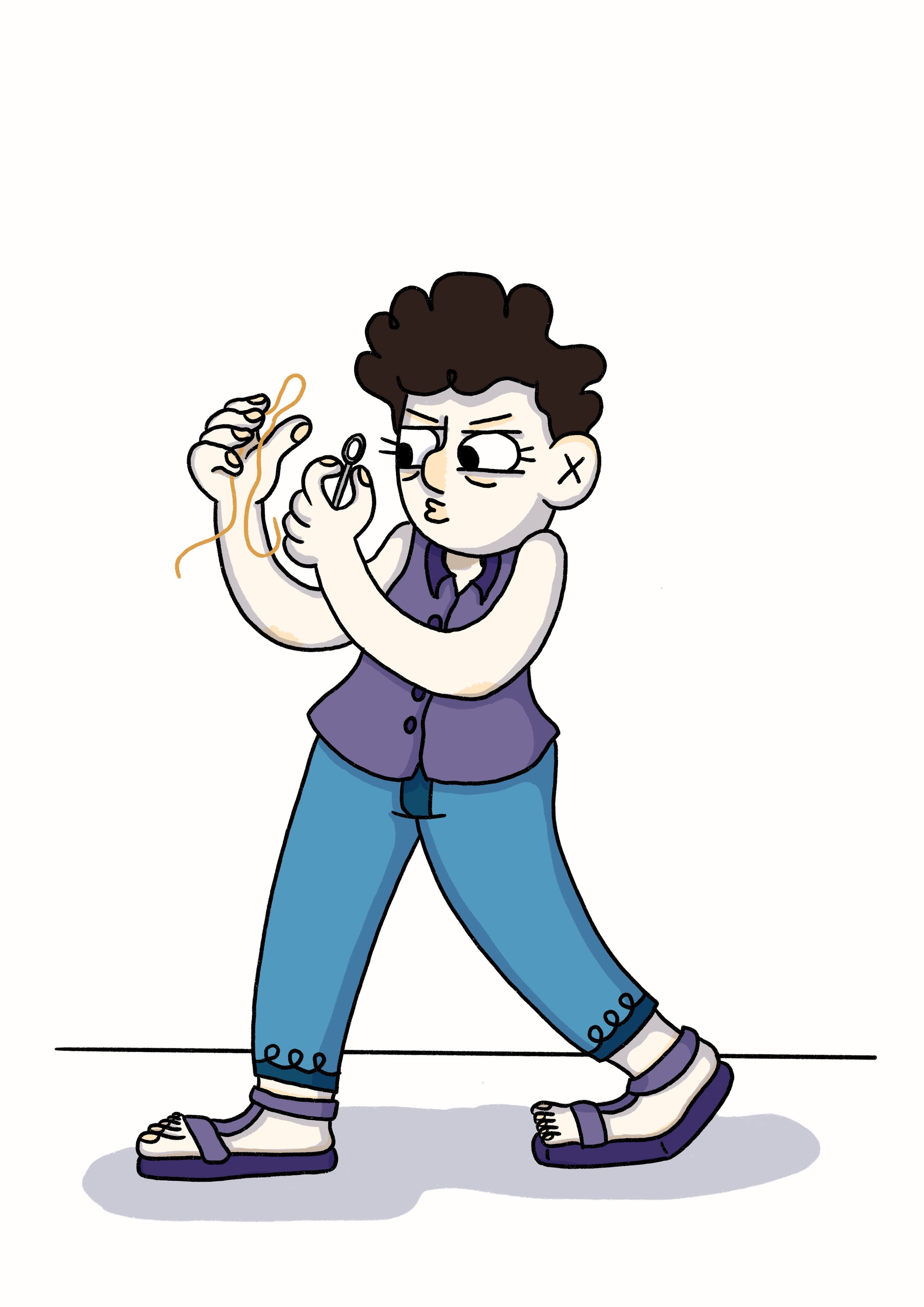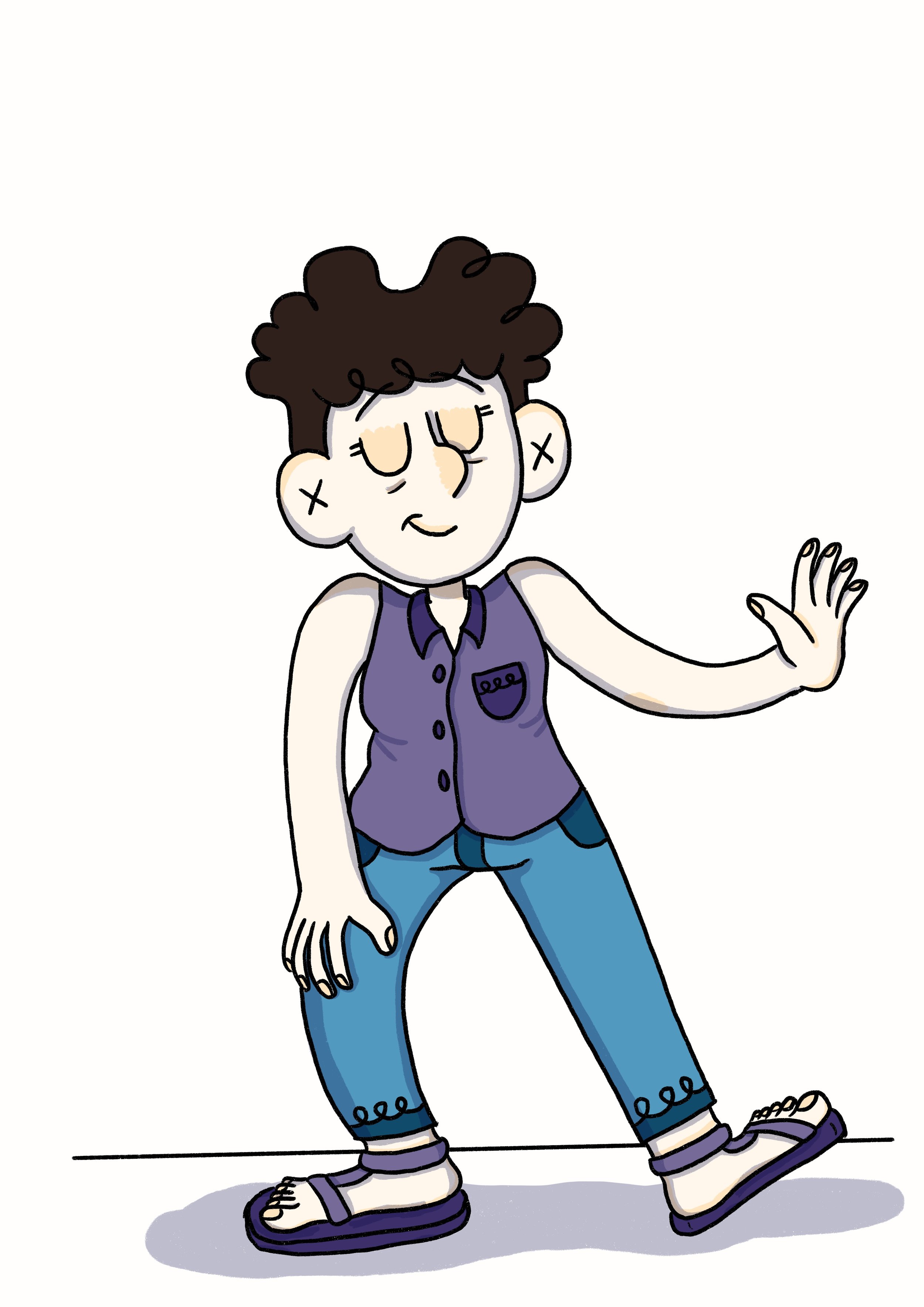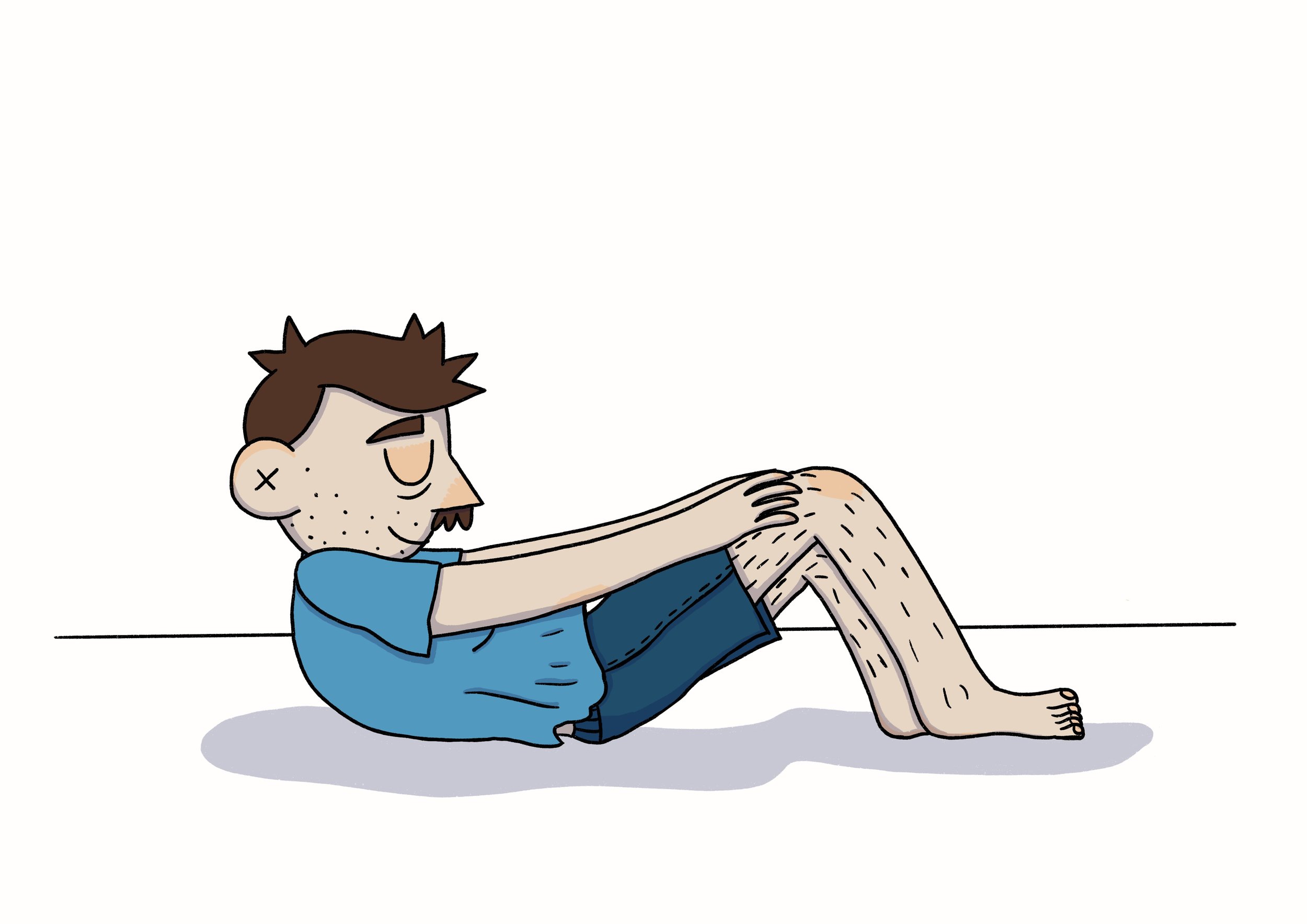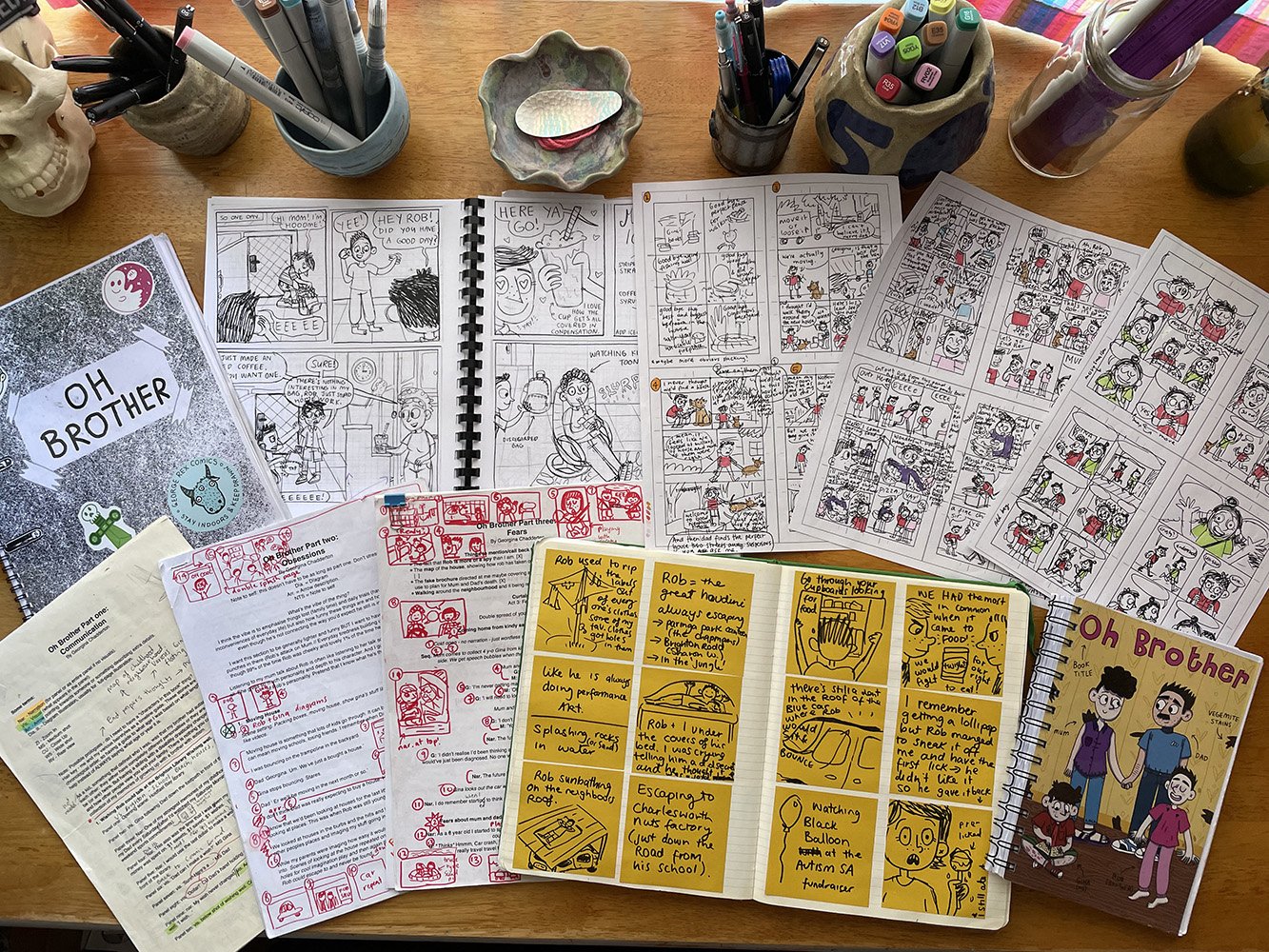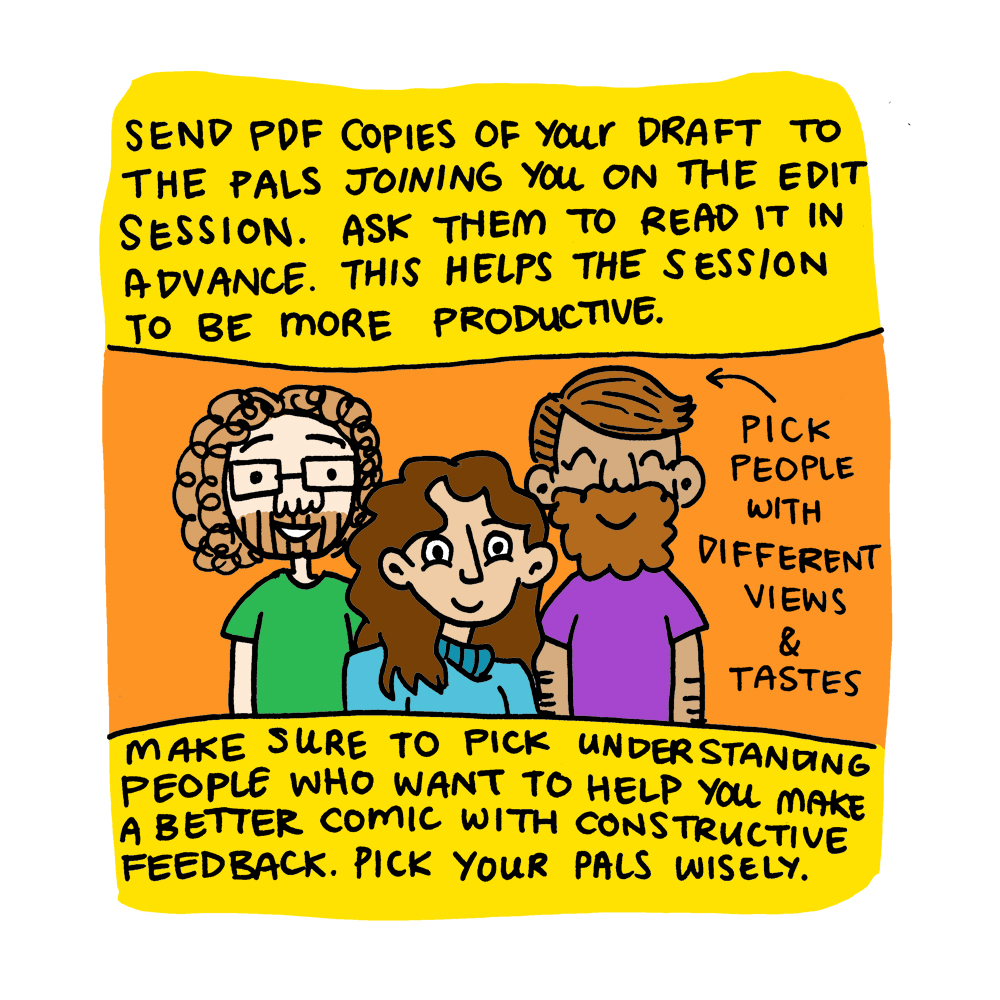Howdy pals,
So I've been thinking for a while that I should start giving you guys more updates on the progress of the book. I'm sorry it's mostly words, time at the moment is sparse and I have to really get down and focused on this book. So please forgive the lack of photos/pictures/visual reading aids. Anyway, here goes update numero uno:
Since I finished part two, I've had my edit session with my comics pals (which you can read all about here) and collected, taken note of and thought about all the feedback, and then put it aside for now. I've decided I wanted to focus on getting the script done for part three (the final part) so I can start thumbnailing and then penciling the draft comic pages.
At the moment I've outlined all the stories that I think I should cover in this part. I'm now going through and fleshing out the stories that I haven't written in full yet and editing the already-written stories so they fit better into the book as it stands now (it evolves with every scene I write).
The stories for part three come from interviews with my parents and events that I remember happening to me growing up. The theme for this chapter will be Fears (the theme for part one was Communication and part two was Obsessions).
I've been chipping away, trying to get one story or section finished every day, but I've been really struggling to keep motivated. This section (although still heavily talking about stories of my childhood) has a lot more emphasis on the emotions and feelings behind growing up with Rob and the fears that I hold around what happens when my parents die and I become Rob's guardian.
I originally wanted to have the script all done by June so I could start thumbs and pencils in July, finishing everything up in August. However, it is now July and and I am yet to get this script finished. Admittedly, the written word is not my forte and I find the problem-solving of panel layouts and the inking of pencils the best bit about comic making. But to get there I have to get this script done.
Although I knew this part of the book would be hardest to write, I didn't realise just how hard or just how it would make me feel going back over some of the more emotionally draining stories about growing up with Rob.
And I thought I knew my feelings about what the future holds for me and Rob, but in writing the script I have found that they are not as clear cut as I thought, which makes writing a little harder and takes a little longer than I would like.
I know it doesn't really matter how long it takes me to get this part written but I I feel like I really need to get this book done soon: I need to get this book out of me. I'm a little bit sick of writing stories about myself (I'm definitely sick of drawing myself). So I'm really looking forward to finishing this project and getting into writing some fiction again.
So I'm going to give myself a soft deadline of August to have the script done by and now I've told you guys I'll check back in a month with an update. Fingers crossed I'll be deep into thumbnailing.
Catch you soon!
G xx
My blog is brought to you by the help of my Patreon Pals. If you want to become a George Rex Patreon Pal, then just jump to my Patreon page here.


